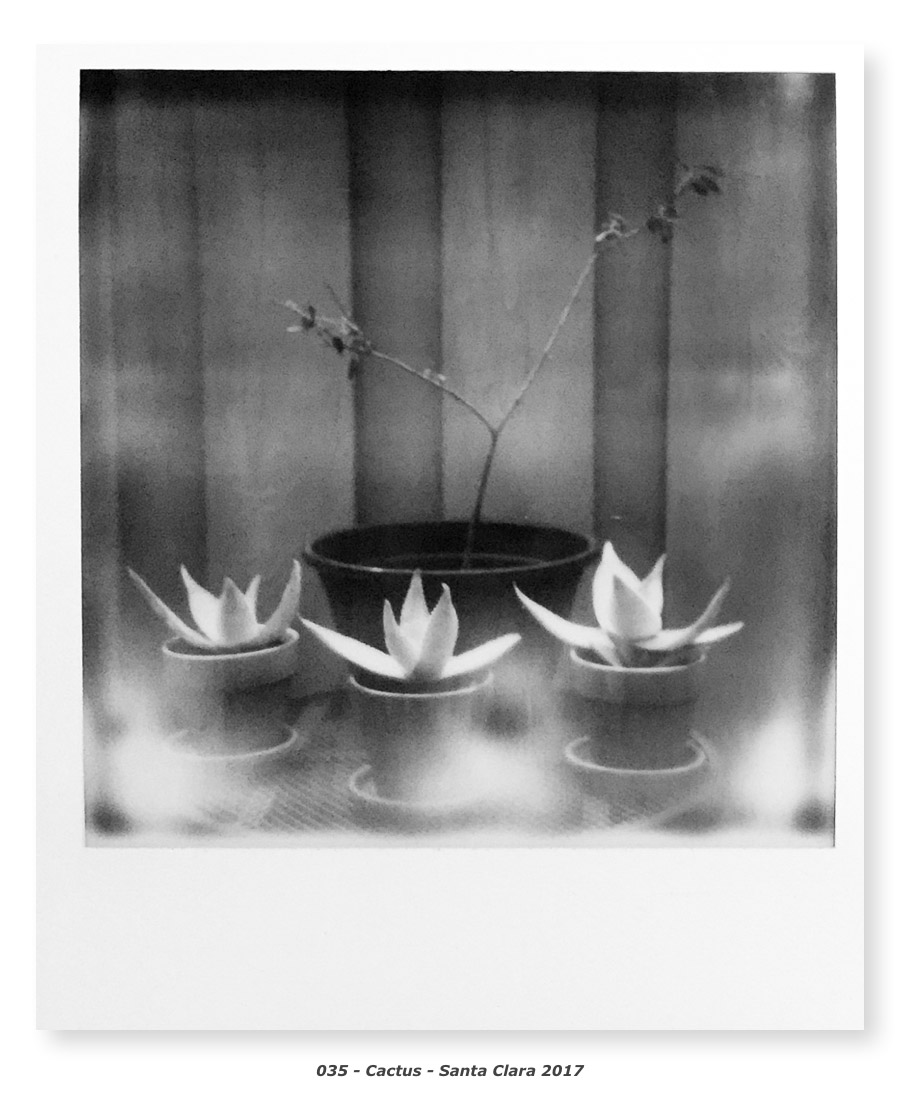If you shoot film and want to maintain the visual characteristics of film during the conversion to digital, you need a scanning process that maintains those characteristics. One of the consequences of that is that your scan resolution should be higher than the grain resolution of the film. This is particularly important with films where the grain structure is a part of the visual expression. Tri-X and HP5 are obvious examples of that, and I believe it's mostly more important with b&w than with colour, but even with a film like Portra 400, I think the grain structure is an important part of the film's colour and contrast rendering.
This also means that any camera with an AA filter is automatically disqualified. There's no AA filter in film photography.
It's interesting to see that even some relatively low resolution (like 5-6 MP) but high quality scans, convey film characteristics that bad quality, higher resolution scans fail to render. Still, if you want to use a camera for "scanning", the larger the negative, the more resolution your camera needs. This is a situation you avoid with a scanner, since the resolution of a scanner is measured in pixels or dots per inch, while the resolution of a cameras is measured as a finite number of pixels for each sensor.
In addition, there are factors like D max, DR and general colour rendering that play important roles. Although digital cameras have become pretty good, they are still digital with a limited number of nuances, while quality film, at least in theory and often in practice, offers an unlimited number of nuances when it comes to colour, contrast, grain shape etc.
I've been studying hundreds of scanned photos lately, trying to figure out what goes on from a visual point of view during scanning of film. Although I'm far from reaching a conclusion, and maybe I never will, it's pretty clear that most scans are rather bad. This is probably also the most important reason why most digital photos, at least from a technical point of view, look better than most scanned photos regardless of resolution. This doesn't take away from the joy of doing film photography, but it reduces the potential of film photos considerably. When I look at high quality scans done of my own film photos recently and compare them to digital photos from the time I mostly left film to do digital only, I'm almost surprised that I did the transition at all. I can only blame lack of access to high quality scanning and lack of understanding of the scanning process back then.
This of course doesn't mean that film photography will ever become mainstream again, but I do think that it will become increasingly relevant as an alternative art form, and that easier access to high quality scanning and better understanding of the scanning process will show film as a unique medium with it's own characteristics rather than trying to compete with the increasingly clean, hyper-resolution images from digital cameras.
Edit: One factor that totally destroys scanned photos when presented online is jpeg compression. Scanned files tend to be very large as high quality jpegs due to the grain, and the lower quality jpegs often required to get a file size acceptable for online presentation, completely destroys the grain structure. However, instead of an image that offers the smoothness of a digital photo, we tend to get an image with some strange, ugly jpeg artifacts. Unless we get a compression algorithm specially designed to maintain the visual impression of grain structure, and I don't really see that coming, this is a problem that will persist and that film photographers will have to live with. This will also make most discussions around this theme meaningless, since the uninformed will usually pick (ugly) samples of film photos randomly from the internet to prove their points. This does luckily not apply to the members of this great forum.

